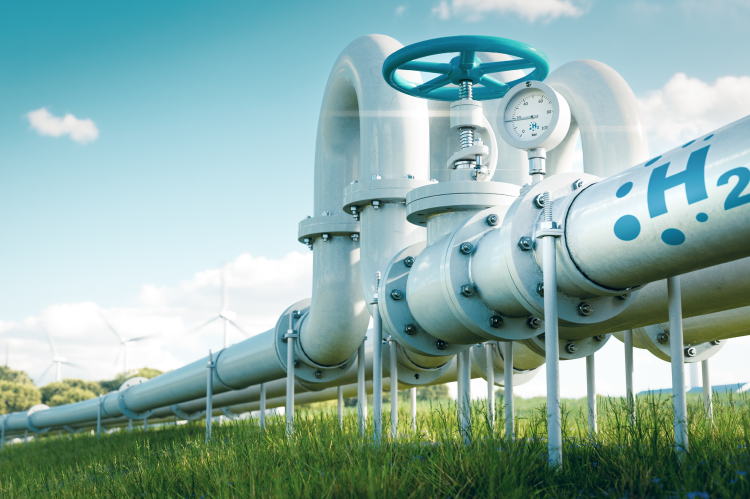Permit Roadblock Threatens to President Biden’s Clean Hydrogen Pipeline Plan

President Joe Biden’s plan to build a low-emission energy future by utilizing clean hydrogen is facing opposition due to regulatory and safety concerns.
According to an E&E News report published last month, a lack of regulations governing the transportation the green fuel could cripple the administration's plans to cut emissions since none of the available options is a silver bullet.
Moving massive amounts of hydrogen presents a challenge. While trucks and repurposed natural gas pipelines are options, they come with limitations. Trucks may struggle to handle the sheer volume required, and using existing pipelines for hydrogen-natural gas mixtures raises safety concerns about leaks, explosions, and nitrous oxide emissions.
In addition to logistical complexities, the Biden administration's ambitious clean hydrogen goals also face a lack of clear permitting authority for interstate pipelines, leaving no clear path for the project implementation.
Currently, no federal agency has the power to approve these pipelines, and many states lack regulations for intrastate transport as well.
Clean hydrogen is produced using renewable energy or natural gas with carbon capture technology. Towards that effort, the Biden administration aims to jumpstart the U.S. industry by investing $7 billion in seven regional hubs through the 2021 infrastructure law.
According to a Department of Energy roadmap, hydrogen infrastructure, including pipelines, requires "rapid scaling up," with annual investments rising from $2 billion to $3 billion between 2023 and 2030. By 2050, these needs could balloon to $15-20 billion annually.
However, experts warn that achieving the administration's 10 million metric ton target by 2030 (current domestic production is near zero) hinges on a comprehensive transport strategy.
Uncertainties regarding future hydrogen production locations and buyers make it difficult to determine the scope and location of new pipelines.
"The key question is where we'll use hydrogen," said Dan Esposito, a hydrogen policy analyst at Energy Innovation. "This will heavily influence our reliance on pipelines."
While universities and think tanks explore potential hydrogen pipeline networks, critical questions remain unanswered regarding the efficient large-scale transport of this low-carbon fuel.
As the push for clean energy intensifies, researchers are exploring the creation of a vast hydrogen pipeline network across the United States. A team at Princeton University has identified hundreds of miles of potential new pipelines to connect production facilities with buyers in six key regions.
This initiative isn't alone. The "North American Hydrogen Backbone," led by RMI and Guidehouse, is another effort bringing together companies, utilities, and regulators to map out hydrogen infrastructure.
This collaboration, formed in 2024, mirrors the European Hydrogen Backbone, a plan spearheaded by energy firms for over 17,000 miles of hydrogen pipelines by 2030.
Repurposing existing natural gas pipelines is a key element in Europe's strategy, with an estimated 60% of the new network coming from these conversions. However, similar plans in the U.S. face strong opposition.
Bill Caram, executive director of the Pipeline Safety Trust, voiced deep concerns about the safety of blending hydrogen with natural gas in existing pipelines. Potential gas leaks, explosions, and other issues were cited as major risk factors.
